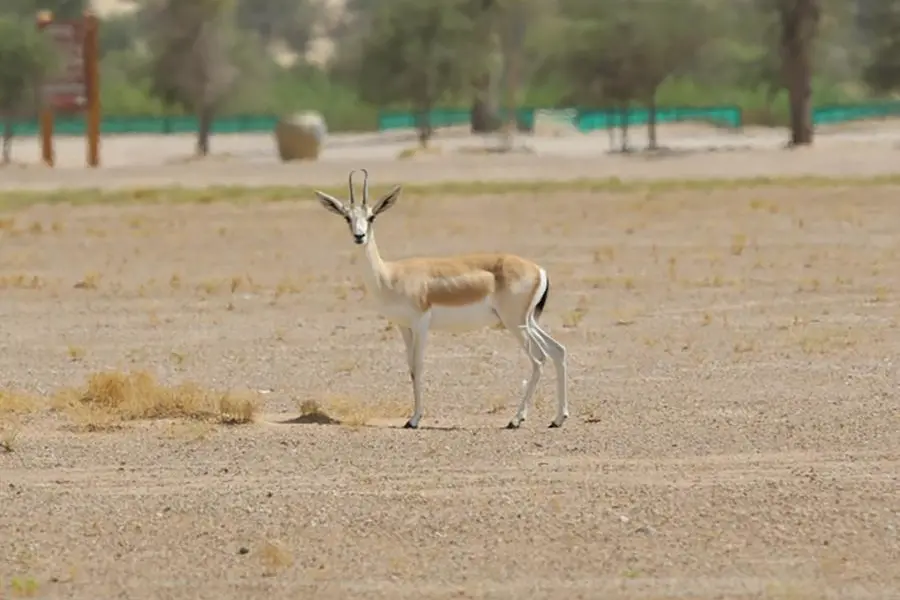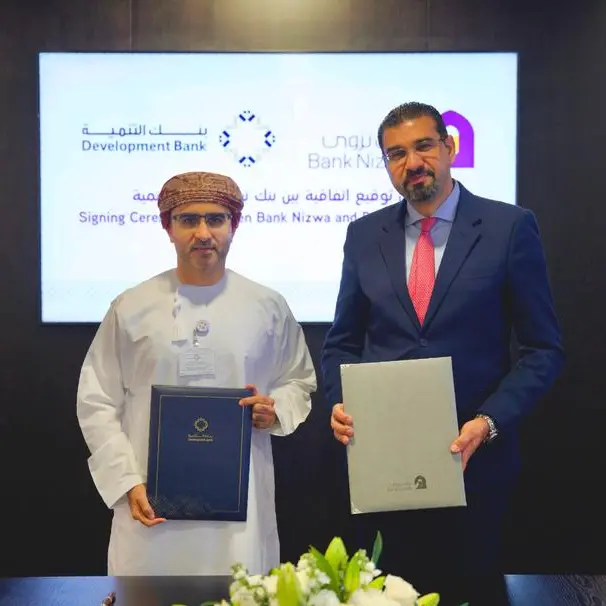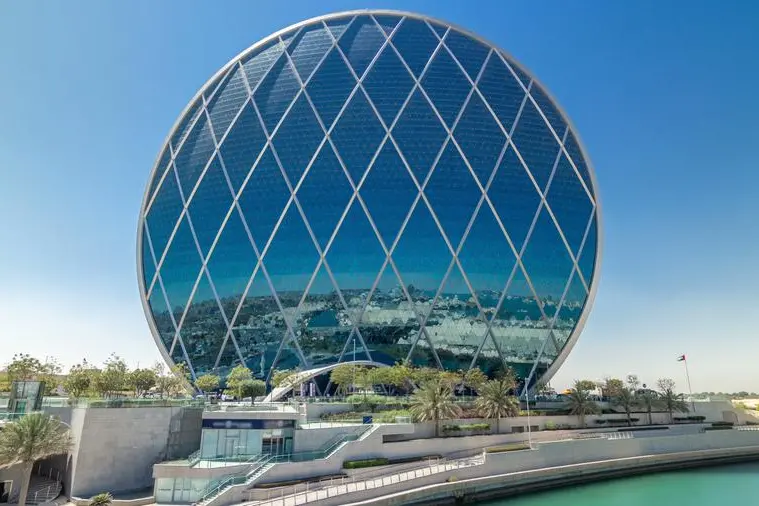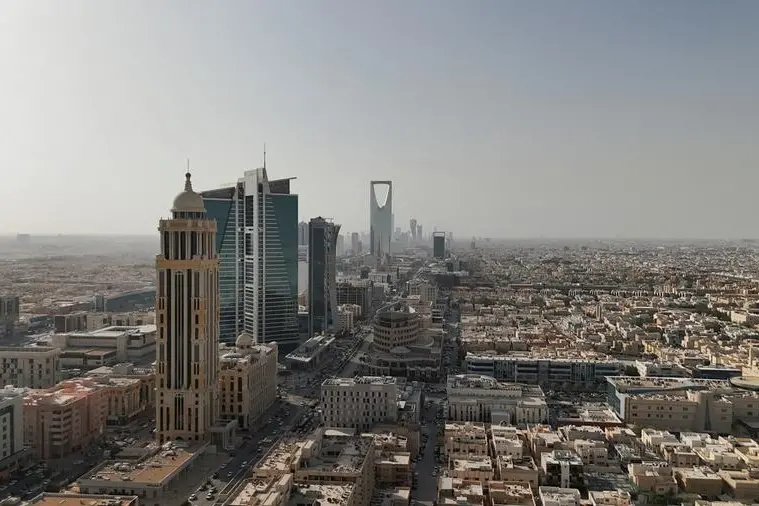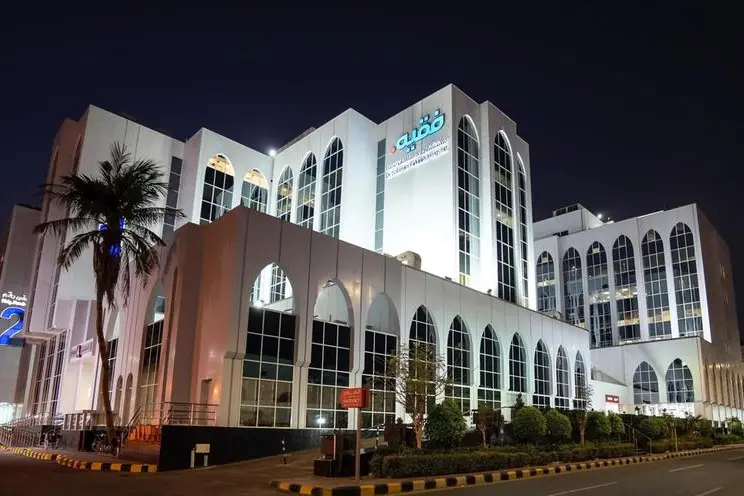PHOTO
- A Natural History of the Emirates, edited by NYU Abu Dhabi Associate Professor of Biology John Burt, offers an unprecedented survey of the rich array of uniquely-adapted organisms and habitats in the UAE
Abu Dhabi, UAE: NYU Abu Dhabi Associate Professor of Biology John Burt edited and published a first-of-its-kind, open-access book titled A Natural History of the Emirates. With over 20 contributing authors from leading universities and major institutions including Emirates Nature-WWF and the Environment Agency – Abu Dhabi, the book provides a comprehensive overview of the unusual environmental setting of the UAE.
“Even as the UAE continues its remarkably rapid evolution into a successful, modern nation, it is equally important to understand the complexity and importance of its distinctive nature and natural history,” said Burt, who also serves as Co-Principal Investigator of the Mubadala Arabian Center for Climate and Environmental Sciences (ACCESS).
“The unique ecosystems, and diverse flora and fauna that call the UAE home not only provide the foundation for the nation’s rich cultural heritage, but also serve as a testament to the resilience and adaptability of life in this arid region. This book is an in-depth survey of the UAE’s rich natural landscapes, from the majestic sand dunes of the Rub’ al Khali to the vibrant marine life in the Arabian Gulf and much more. It is also open-access, meaning it is widely available for free to the public, students, and educators, offering them a fascinating window into the complex history and interplay between humans and their environment.”
The first section of the book focuses on the physical environment of the Emirates, including an overview of the UAE’s geography, geology, and climate. The major terrestrial and marine ecosystems of the UAE, including the distinctive mountain region, mangrove forests, seagrasses, coastal lagoons, oyster beds, and coral reefs, are included in the second section’s chapters.
In the third section, researchers delve into the diverse flora and fauna found in the UAE, highlighting that despite the generally extreme conditions, a surprisingly wide array of species call the Emirates their home. Chapters provide an overview of the diversity of species within their groups, their biogeographic affinities, and explore unique features of these organisms that allow them to survive and often thrive in the UAE’s environment. Vascular flora, birds, terrestrial mammals, reptiles, amphibians and insects, are all discussed, as are marine mammals of the Emirates, reptiles, and fishes.
The book closes with a section on human interactions with this unique environment in a rapidly developing nation, exploring changes over time. Authors propose initiatives to ensure the protection of these unique natural assets into the future. A forward-looking chapter titled The Emirates at 2050 explores what nature in the UAE may look like in the coming decades if bold steps are taken by decision-makers to enhance public awareness, understanding and appreciation of these distinctive ecosystems and organisms, as well as to enhance their conservation for future generations.
Burt added: “Decades of research into the nation’s complex biodiversity have enriched our understanding, but also highlighted the need for enhanced conservation and sustainable development. We hope this book will be a useful resource in advancing those efforts, and that readers will walk away with a deepened appreciation for the importance of nature in the UAE.”
Digital copies of the open-source book are available free-of-charge to all who wish to download it from the publisher’s website. This free accessibility breaks down financial barriers to learning and provides students, teachers, and wider communities with a unique and comprehensive resource.
About the Editor
John A. Burt is an Associate Professor of Biology and Head of the Environmental Studies program at New York University Abu Dhabi (NYUAD), where he leads research in the Marine Biology Laboratory. He is also the co-director of the NYUAD Water Research Center and the Mubadala Arabian Center for Climate and Environmental ScienceS (ACCESS). Burt has published more than 120 scholarly articles and book chapters, primarily focused on the unique environmental biology of the United Arab Emirates and surrounding region. As a long-time resident of the UAE, Burt also has a longstanding association with the Emirates Natural History Group, and was awarded the Sheikh Mubarak Al Nahyan Award for Natural History of the United Arab Emirates in 2017.
About NYU Abu Dhabi
NYU Abu Dhabi is the first comprehensive liberal arts and research campus in the Middle East to be operated abroad by a major American research university. NYU Abu Dhabi has integrated a highly selective undergraduate curriculum across the disciplines with a world center for advanced research and scholarship. The university enables its students in the sciences, engineering, social sciences, humanities, and arts to succeed in an increasingly interdependent world and advance cooperation and progress on humanity’s shared challenges. NYU Abu Dhabi’s high-achieving students have come from over 120 countries and speak over 115 languages. Together, NYU's campuses in New York, Abu Dhabi, and Shanghai form the backbone of a unique global university, giving faculty and students opportunities to experience varied learning environments and immersion in other cultures at one or more of the numerous study-abroad sites NYU maintains on six continents.
